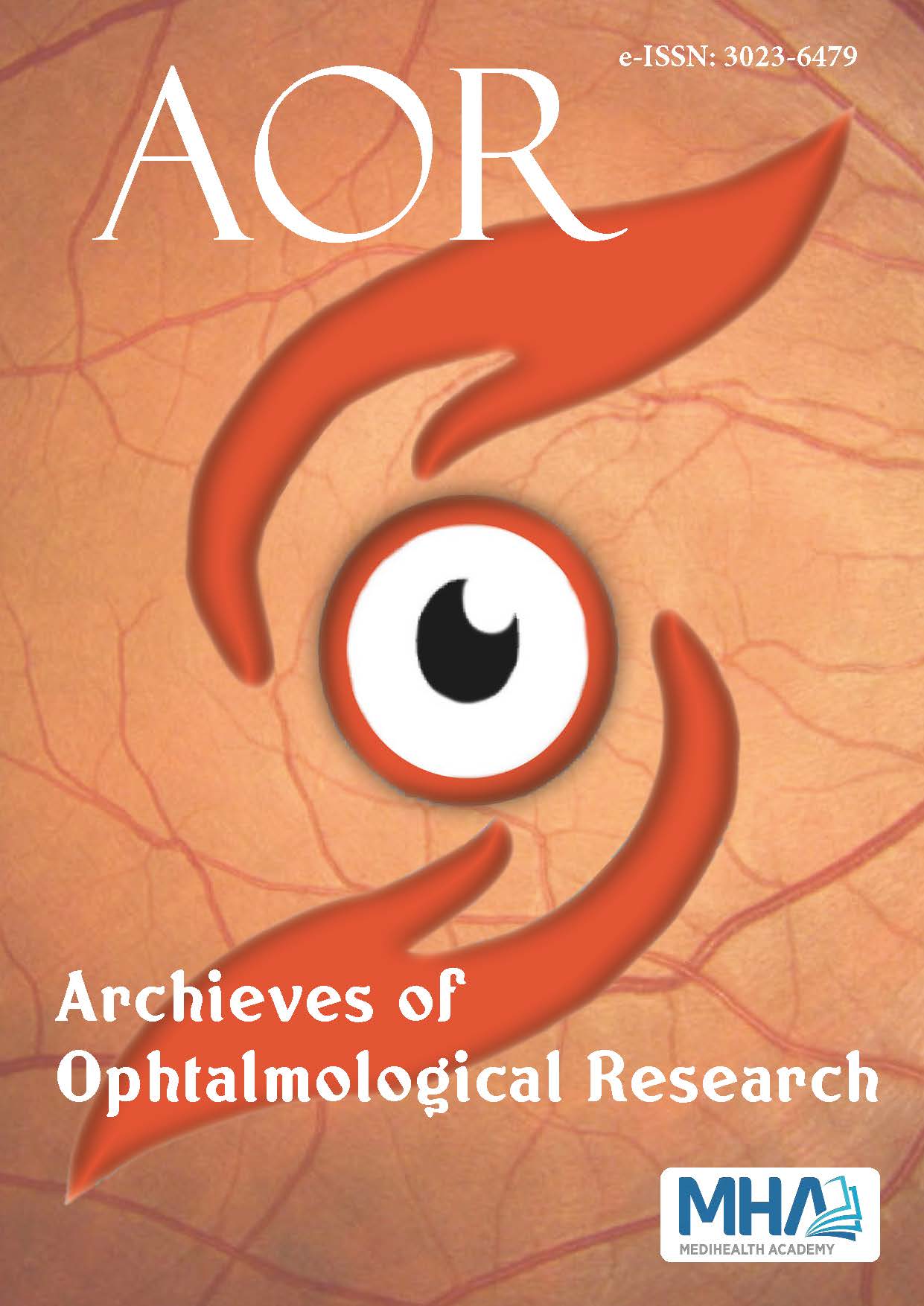1. Chen L, Li J, Zhang C, Li Y, Hou L, Ma J. Surgical interventionsfor congenital ptosis: a systematic review and meta-analysis of 14randomized controlled trials. Aesthetic Plast Surg. 2023;47(5):1859-1869. doi:10.1007/s00266-023-03360-9
2. Hostovsky A, Waisbourd M, Leibovitch I. Orbital inflammation asa late complication of frontalis silicone elastomer sling operationfor congenital ptosis. J AAPOS. 2010;14(4):371-372. doi:10.1016/j.jaapos.2010.05.005
3. Bansal RK, Sharma S. Results and complications of silicone frontalissling surgery for ptosis. J Pediatr Ophthalmol Strabismus. 2015;52(2):93-97. doi:10.3928/01913913-20150313-11
4. Walang B, Rath S, Sharma S. Nontuberculous mycobacterial infectionafter frontalis sling surgery using silicone rod. J Ophthalmic InflammInfect. 2012;2(4):219-221. doi:10.1007/s12348-012-0073-y
5. Soderquist B, Bjorklund S, Hellmark B, Jensen A, Bruggemann H.Finegoldia magna isolated from orthopedic joint implant-associatedinfections. J Clin Microbiol. Nov 2017;55(11):3283-3291. doi:10.1128/JCM.00866-17
6. Donelli G, Vuotto C, Cardines R, Mastrantonio P. Biofilm-growingintestinal anaerobic bacteria. FEMS Immunol Med Microbiol. 2012;65(2):318-325. doi:10.1111/j.1574-695X.2012.00962.x
7. Murphy EC, Frick IM. Gram-positive anaerobic cocci-commensalsand opportunistic pathogens. FEMS Microbiol Rev. 2013;37(4):520-553.doi:10.1111/1574-6976.12005
8. Brinkmann V, Reichard U, Goosmann C, et al. Neutrophil extracellulartraps kill bacteria. Science. 2004;303(5663):1532-1535. doi:10.1126/science.1092385
9. Lipsky BA, Hook EW, 3rd Smith AA, Plorde JJ. Citrobacter infectionsin humans: experience at the Seattle Veterans Administration MedicalCenter and a review of the literature. Rev Infect Dis. 1980;2(5):746-760.doi:10.1093/clinids/2.5.746
10. Whalen JG, Mully TW, English JC, 3rd. Spontaneous Citrobacterfreundii infection in an immunocompetent patient. Arch Dermatol.2007;143(1):124-125. doi:10.1001/archderm.143.1.124

